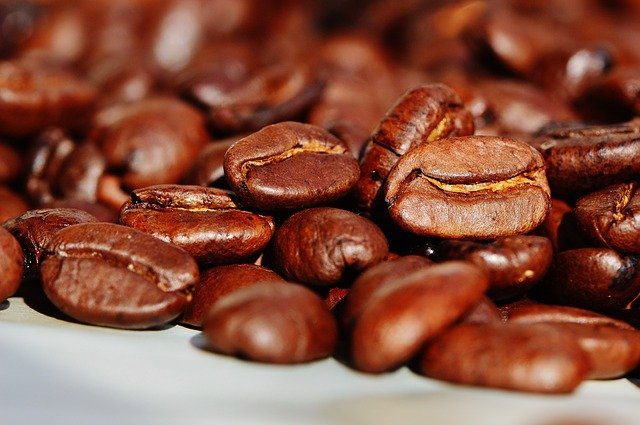Brazil and coffee are almost synonymous. There?s not a single country in the world that drinks coffee like Brazil does. It has been the world’s top coffee producer for over 150 years and has recently overtaken even the United States as the top coffee consumer.
The powerhouse is huge and has an incredibly diverse coffee industry. Brazil coffee producers produce everything from basic barrel coffee to extraordinary specialty coffee.
So, how about some great information about Brazilian coffee? Keep reading for learning everything about Brazilian coffee.
History of Brazilian Coffee?
Coffee is believed to be arrived in Brazil in 1727 from French Guiana through the Portuguese lieutenant colonel Francisco del Melo Palheta. Primarily, Brazilian coffee was consumed by European settlers locally, however, as demand grew in Europe and the United States, exports began to grow.
Brazil produced 30% of the world’s coffee. Around the mid to late 19th century, a disease devastated the coffee industry in Asia and gave Central and South America the chance to really be successful as a coffee region. In the 1910s, Brazil was growing 80% of the world’s coffee! As other manufacturing nations slowly recovered, that percentage declined, but the country never lost its place as the world’s largest producers.
Innovations?
In the early 1990s, the Brazilian government deregulated a variety of agribusinesses, including dies, and gave farmers a lot of freedom to experiment, find their own buyers, and sell as they wanted. This also opened up the possibility of buying coffee from a single origin in the country. This deregulation opened the gates of innovation and caused Brazil to date.
Brazilian Coffee Facts
Contributions to the world of coffee by Brazilian research include a multitude of new plant varieties – some hybrid mutants, others cultivated in a laboratory – that have been developed for specific climatic conditions.
Caturra, Maragogype and Mundo Novo are just a few of these new varieties that are now grown around the world. Another innovation is the “natural pulp” processing method. These coffees are ground but left to dry on the fruity mucus still attached to the beans, skipping the usual fermentation stage, resulting in a crispy acidity like washed processed coffee, but also a heavy body and sweetness like naturally processed coffee. It’s a great middle ground between the two when it comes to flavor. In fact, all twenty of Brazil 2000 Gourmet Cup winners were processed using this method and many high-scoring beans are still processed naturally to this day.
Brazil’s 50-60 million bags of coffee, growing each year (80% of which are Arabica) account for 30% of the world’s supply, but an astonishing 20 million of these bags remain in the country. 98% of Brazilian households drink coffee, so it is no surprise that Brazil passed the United States as the largest coffee consumer in mid-2010.
Brazilian Coffee Taste
Brazil’s diverse geography also means a great variety of coffee flavors. Grassland grown Robusta beans tend to be quite nondescript, with mild earthy notes and an unpleasant bitterness. In specialty coffee, we see a couple of different flavor profiles of Brazilian coffees. The most common is earthy, spicy, nutty, sweet and low-acid grain. However, there are many worthy single-origin Brazilian beans, which often have a lighter body, juicy sweetness, a mild tart flavor, and a complex flavor profile with hints of lime, white wine, flowers and spices.
That was all about Brazilian coffee. Being the largest coffee consuming country, Brazil coffee producers have to work with a lot of coffee variants and make sure it tastes amazing.










